Scattered around the Milwaukee area are roughly two dozen eye-catching stone cottages that look like they could’ve been moved from Normandy.
But, you might be surprised to learn they were designed by a New York architect who also designed the Big Apple’s Singer Building (below), a 47-story skyscraper that was, for three years, the tallest building in the world.
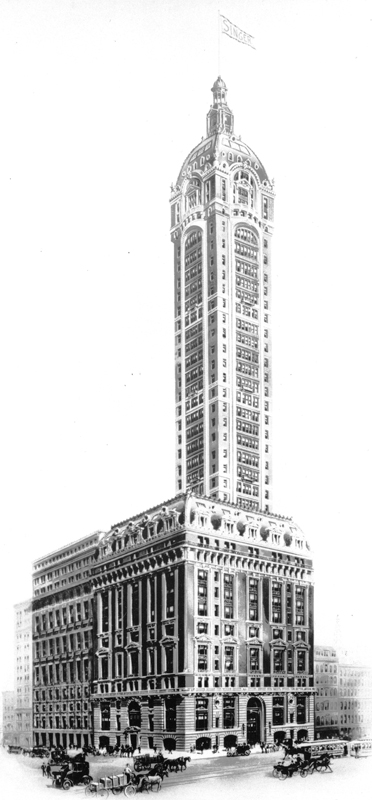
The architect was Brooklyn-born Ernest Flagg, who studied at Paris’ Ecole des Beaux-Arts and was a cousin – by marriage – to Cornelius Vanderbilt II. In fact, it was Vanderbilt who reportedly underwrote Flagg’s studies in France.
Back in the States, Flagg helped design Washington D.C.’s Corcoran Gallery of Art and a number of notable New York buildings, including St. Luke’s Hospital, the Scribner Building and Engine Co. 33 on Great Jones Street in lower Manhattan.
In 1894, Flagg submitted a design to the competition for a new Milwaukee Public Library.
He also worked with Milwaukee builder Arnold F. Meyer & Co. to realize numerous examples of his biggest project: the creation of low-cost homes that could be created in countless variations based on standardized parts and a module system.
The Milwaukee-area homes were constructed in the 1920s, when labor and materials shortages squeezed the home building industry.
Flagg outlined his ideas in a 1922 book called "Small Homes: Their Economic Design and Construction."
According to the nomination form arguing for the inclusion of the Milwaukee-area homes on the National Register of Historic Places (a nomination which succeeded), written by Virginia Palmer:
"He developed his system of small house construction during a period of soaring building costs. Flagg believed he could design attractive homes affordable by the average American citizen by eliminating sham from his designs, reducing costs. ... Each house he designed was an original composition with variations which took into account the requirements of space, site and needs of the client."
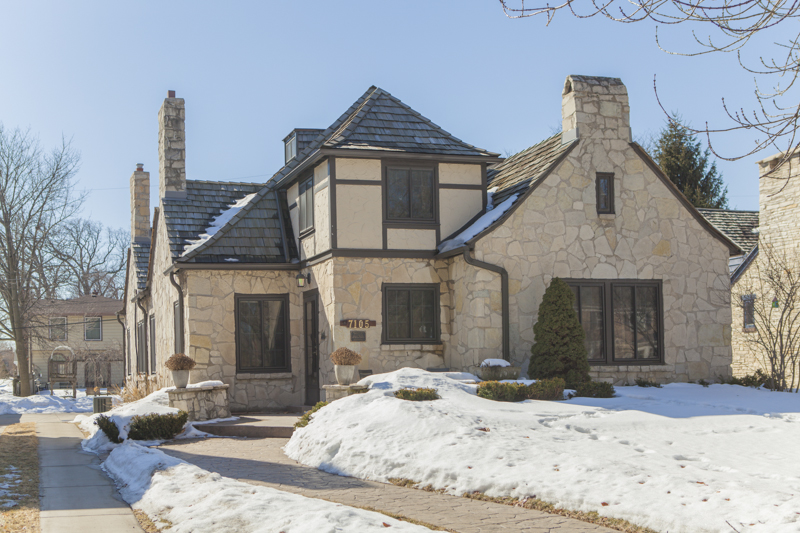
Warren B. George House, 7105 Grand Parkway, Wauwatosa (Photo: Sarah Laux)
According the nomination, Flagg used a number of methods to cut the costs of his homes, including using unskilled labor to build the exterior walls, which were shorter than in other homes to save materials, exposed beams were attractive and saved on time and materials, among other means.
The homes were also noteworthy for their efficiency.
A cement walk near the house promotes run-off and eliminates the need for gutters and downspouts, and the ridge dormers help with energy conservation.
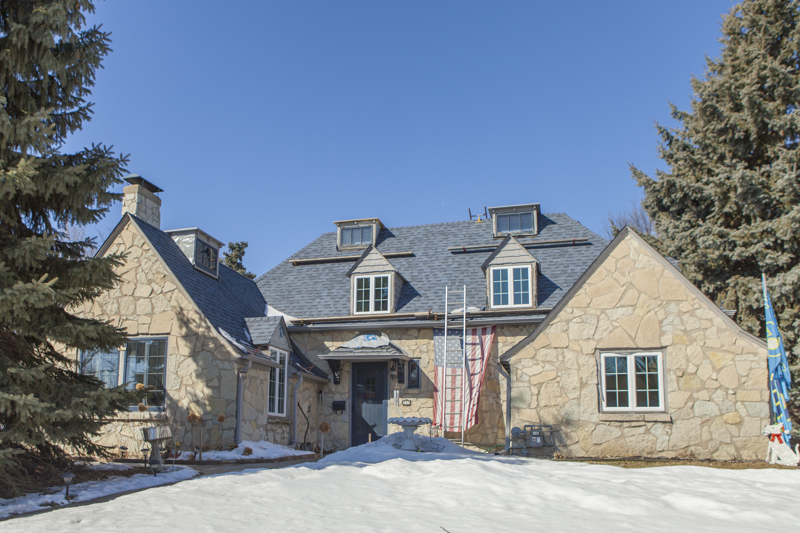
Willis Hopkins House, 325 Glenview, Wauwatosa (Photo: Sarah Laux)
"They provide ventilation and light and are kept open in the summer and closed in the winter. Sufficient ventilation is obtained so that ground floor windows may be kept closed permanently," the report noted.
The Milwaukee-area houses are quite easily recognized by their cottage-like appearance, the use of varied stone, distinctive stone chimneys with round caps and, especially, the inclusion of rare ridge dormers at the peak of the roof.

H. R. Davis House, 6839 Cedar St., Wauwatosa (Photo: Saral Laux)
They were all built by Meyer, who had heard of Flagg’s ideas – which had also been incorporated into a series of homes – and a crenellated castle turret-like water tower – built on New York’s Staten Island and, it seems, at least one in the Atlanta area. Meyer launched his own company in 1924 specifically to put up homes according to Flagg’s plans and concepts.
"Four of the houses were built for members of Meyer’s own family and it was hoped that a demand for Flagg System homes would be created in Milwaukee County," the nomination form said. "Although at least 25 were actually built, financial conditions made it necessary to terminate operations by the end of 1925 and no more homes were built."
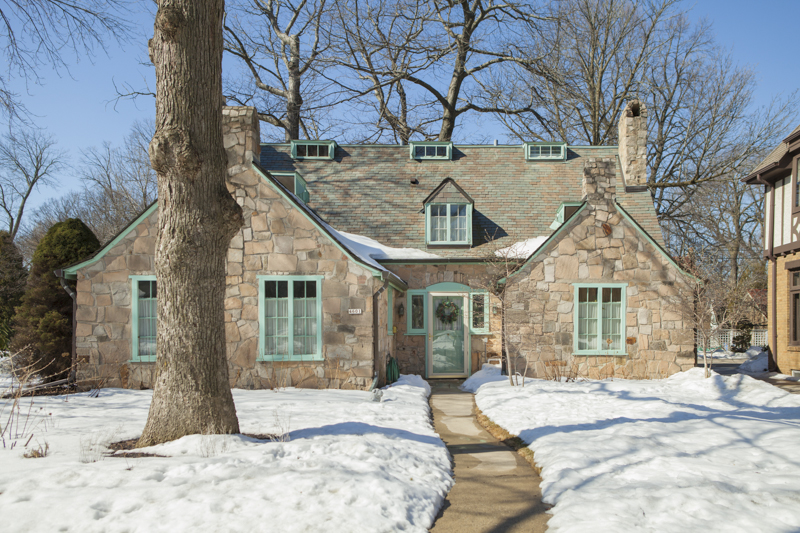
G. B. Van Devan House, 4601 N. Murray Ave., Whitefish Bay (Photo: Sarah Laux)
But the homes, in large part, survive around the area today and they are eye-catchers. The first one I stumbled upon is on Stickney Avenue in Wauwatosa, and it’s an especially alluring one, built into the side of a small rise, its L-shape creating a welcoming entry arrangement. And then there’s the ridge dormers which are so unusual in the area that one can’t help but notice them.
The homes are also conversation starters. When I stopped to admire the Stickney house, a neighbor strolled over and began to tell me about its history. Then he directed me to another example around the corner.

George Gabel House, 4600 N. Cramer St., Whitefish Bay (Photo: Sarah Laux)
When photographer Sarah Laux stopped to take pictures of homes in Whitefish Bay, she said a number of neighbors approached her to chat about the homes.
In the 1930s, Flagg – who died in 1947 – applied some of his concepts to the 422-unit Flagg Court apartment building in his native Brooklyn.
While many homes built in the United States during the era were constructed according to purchased plans or from ready-cut materials, Flagg managed to find a way to create low-cost homes that, while they shared a distinctive style, were each unique. That, especially in Milwaukee, is his legacy.
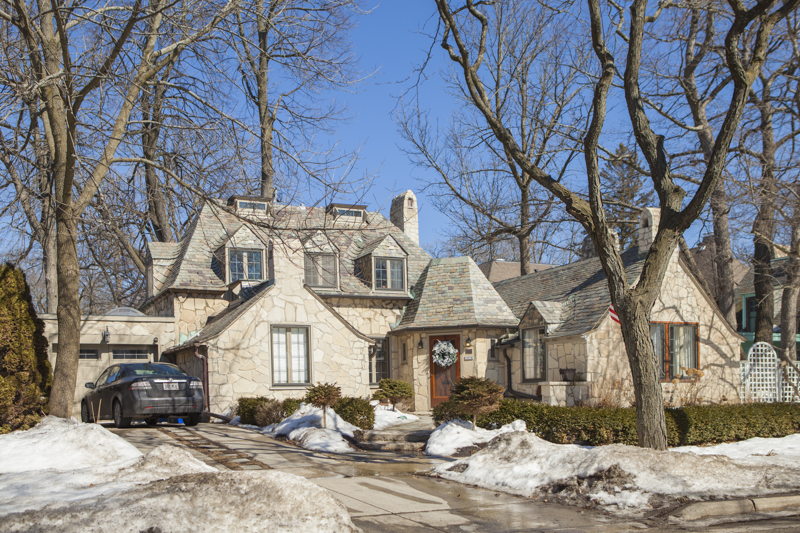
William Van Altena House, 1916 E. Glendale Ave., Whitefish Bay (Photo: Sarah Laux)
Born in Brooklyn, N.Y., where he lived until he was 17, Bobby received his BA-Mass Communications from UWM in 1989 and has lived in Walker's Point, Bay View, Enderis Park, South Milwaukee and on the East Side.
He has published three non-fiction books in Italy – including one about an event in Milwaukee history, which was published in the U.S. in autumn 2010. Four more books, all about Milwaukee, have been published by The History Press.
With his most recent band, The Yell Leaders, Bobby released four LPs and had a songs featured in episodes of TV's "Party of Five" and "Dawson's Creek," and films in Japan, South America and the U.S. The Yell Leaders were named the best unsigned band in their region by VH-1 as part of its Rock Across America 1998 Tour. Most recently, the band contributed tracks to a UK vinyl/CD tribute to the Redskins and collaborated on a track with Italian novelist Enrico Remmert.
He's produced three installments of the "OMCD" series of local music compilations for OnMilwaukee.com and in 2007 produced a CD of Italian music and poetry.
In 2005, he was awarded the City of Asti's (Italy) Journalism Prize for his work focusing on that area. He has also won awards from the Milwaukee Press Club.
He has be heard on 88Nine Radio Milwaukee talking about his "Urban Spelunking" series of stories, in that station's most popular podcast.

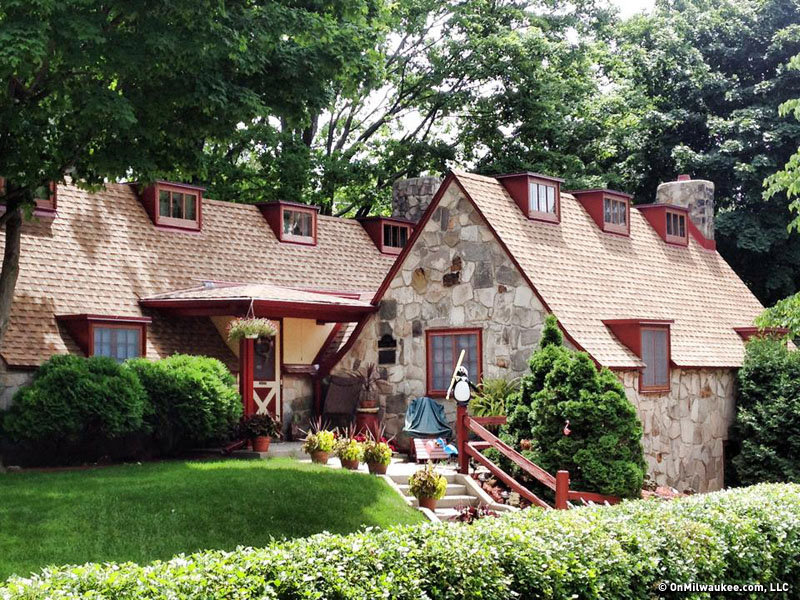



%20copy.jpg)

